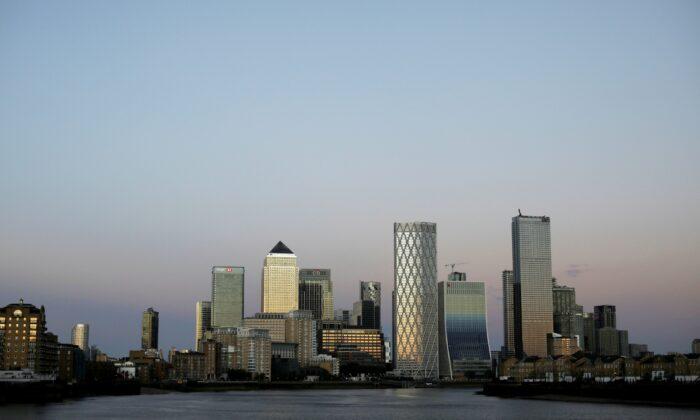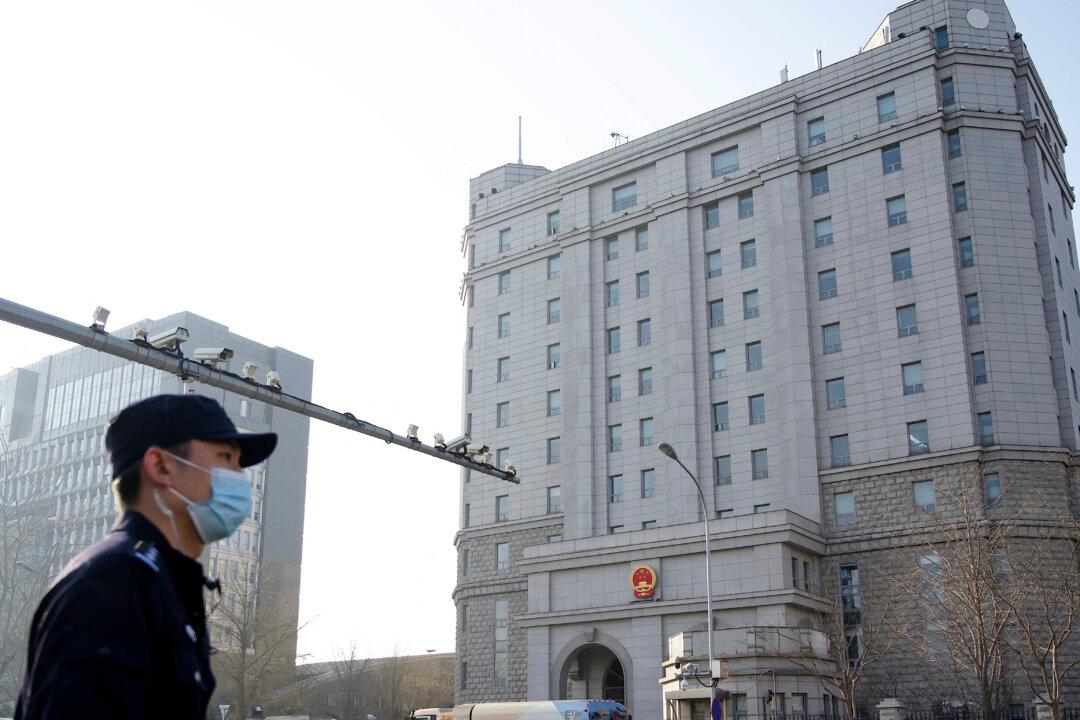The latest retail figures indicate some economic recovery for Britain, while the country’s public debt has reached a record high, official statistics show.
For the first time, the UK’s public debt has gone over 2 trillion pounds ($2.62 trillion), equivalent to 100.5 percent of the country’s GDP, according to the latest figures from the Office for National Statistics (ONS).
The last time Britain had a larger-than-economy public debt was in 1961, when it was still recovering from World War II.
Meanwhile, retail sales volumes in July bounced back above pre-pandemic levels in February.
“Today’s figures are a stark reminder that we must return our public finances to a sustainable footing over time, which will require taking difficult decisions,” he said.
“It is also why we are taking action now to support the growth and jobs which pay for our public services.”
Self-assessed income tax receipts were 4.8 billion pounds ($6.28 billion) in July 2020, just over half of the figure in July last year because of the tax deferral scheme for self-employed people.
Retail Recovery
A separate ONS report published on the same day showed signs of recovery in the retail sector.July’s retail sales volumes increased by 3.6 percent on the previous month, and were 3 percent higher than pre-pandemic volumes in February.
Food store sales were also slightly higher than in February, but fell by 3.1 percent in July, which the ONS suggested could be due to more people eating out as restaurants and bars reopened.
Fuel sales kept increasing but were still 11.7 percent lower than February, correlating to some degree with the road traffic volume.
Online retail sales in July fell by 7 percent compared to the previous month, but were 50.4 percent higher than the level in February.
Clothing stores were the worst hit by the pandemic, but saw some growth in July, with sales volumes being 11.9 percent higher than in June. Overall, sales remained 25.7 percent lower than February.
July was the first full month that many shops had reopened after the lockdown, and August’s Purchasing Managers’ Index (PMI) data showed the fastest growth in almost seven years.





